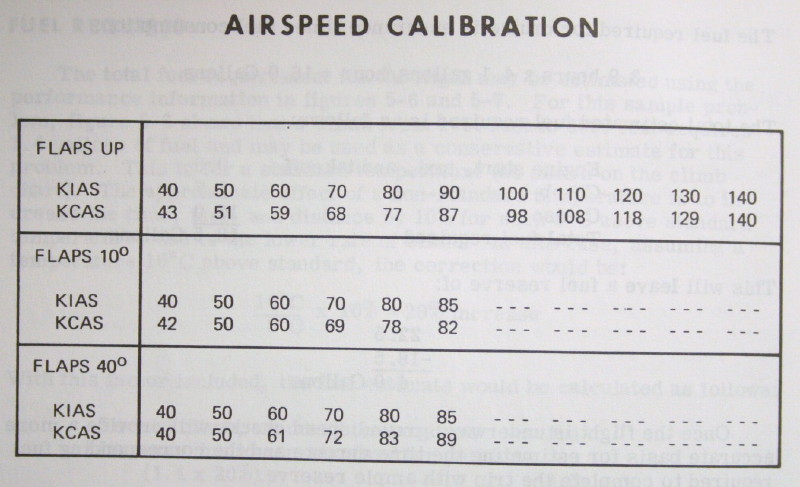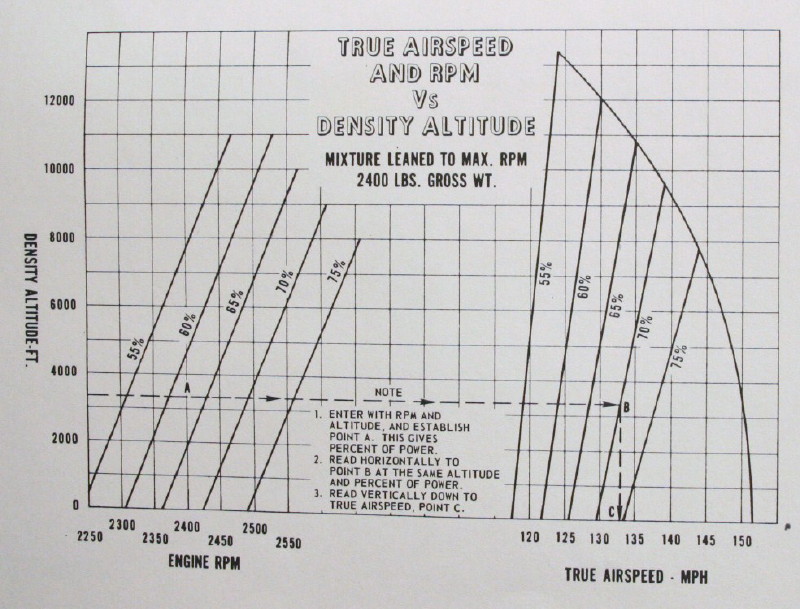The airspeed indicator works by the use of a pitot tube and a static port.
The pitot tube faces forward and has an air port on the front. The air pressure from this air port is routed to the airspeed indicator. The faster the airplane moves, the higher the higher the pressure on the pitot tube will be.
The static port senses the pressure of static or stationary air. The static port is place on an airplane in a place where the air pressure is least affected by the airplane's movement through the air. The static air pressure is also routed to the airspeed indicator. The airspeed indicator shows the pressure difference between the pitot air pressure and the static air pressure. The markings on the airspeed indicator allow the pilot to read this pressure difference as airspeed.
Indicated Airspeed
The airspeed shown on the airspeed indicator is known as indicated airspeed. Indicated airspeed may be slightly inaccurate due to the installation of the gauge or inaccuracies in the instrument itself.
Calibrated Airspeed
Calibrated airspeed is a correction to these errors. Calibrated airspeed is defined as the indicated airspeed, corrected for installation and instrument errors. Typically, the difference between indicated and calibrated airspeed is only one or two knots.
Below is an example of an airspeed calibration chart:
True Airspeed
True airspeed is the actual speed the airplane is traveling through the air. Since the airspeed indicator senses pressure, its indication does not reflect true airspeed. If two airplanes are flying at the same indicated airspeed but operating in air of different densities, the airplane flying in the air of lesser density will have a higher true airspeed. True airspeed is defined as calibrated airspeed corrected for non-standard temperature.
Since air density decreases with altitude, an airplane must fly at a higher true airspeed to see the same indicated airspeed (the same air pressures) at higher altitudes. As a result, an airplane will fly faster through the air at higher altitudes.
Below is an example of a chart used to estimate true airspeed based on power setting and density altitude. Remember to use the charts for your aircraft.

